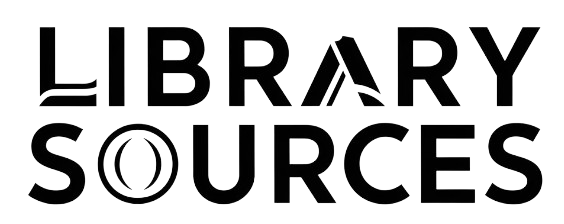[eBook] [PDF] For Spiritual Direction as a Medical Art in Early Christian Monasticism 1st Edition By Jonathan Zecher
This book asks how early Christian monastic writers conceived of, represented, and experienced spiritual direction, and its central argument is that they did so medically. Late antique monastic formation took place through asymmetrical relationships of governance and submission worked out in confession, discipline, and advice. This study situates those practices against the cultural and intellectual world of the late antique Mediterranean. In conversation with a biopsychosocial models of health and Urie Bronfenbrenner’s “bioecological” model of development, the first chapter explores the logic of Galenic medicine (2nd c.): the goal of good health, a widely ranging theory of human nature, diagnostic strategies, and therapeutic techniques. The next four chapters show how this logic operates in Evagrius Ponticus’ (4th c.) interpretation of dream imagery and demonic attack, in John Cassian’s (5th c.) analysis of wet dreams, in Cassian’s nosology of vices, and in John Climacus’ (7th c.) demonic pathologies of passions. The second half of the book engages Paul Ricoeur’s theory of metaphor to show that spiritual directors claim trust and obedience by cultivating expertise along medical lines. This begins with a study of self-representation and popular perceptions of physicians as experts over human bodies and souls and applies it to Basil of Caesarea’s (4th c.) advice on when and whether ascetic Christians should seek medical assistance, to Cassian’s tales of spiritual direction in Egyptian monasticism and the Apostle Paul’s therapeutic hierarchy, and to John Climacus’ multiple metaphors of spiritual direction in a monastery reconceived as clinic.



![[eBook] [PDF] For STEM-H for Mental Health Clinicians 1st Edition By Marilyn Weaver Lewis,](https://librarysources.com/wp-content/uploads/2024/07/2-56.jpg)
![[eBook] [PDF] For Sources of English Legal History 1st Edition By John Baker](https://librarysources.com/wp-content/uploads/2024/07/2-57.jpg)








Reviews
There are no reviews yet.